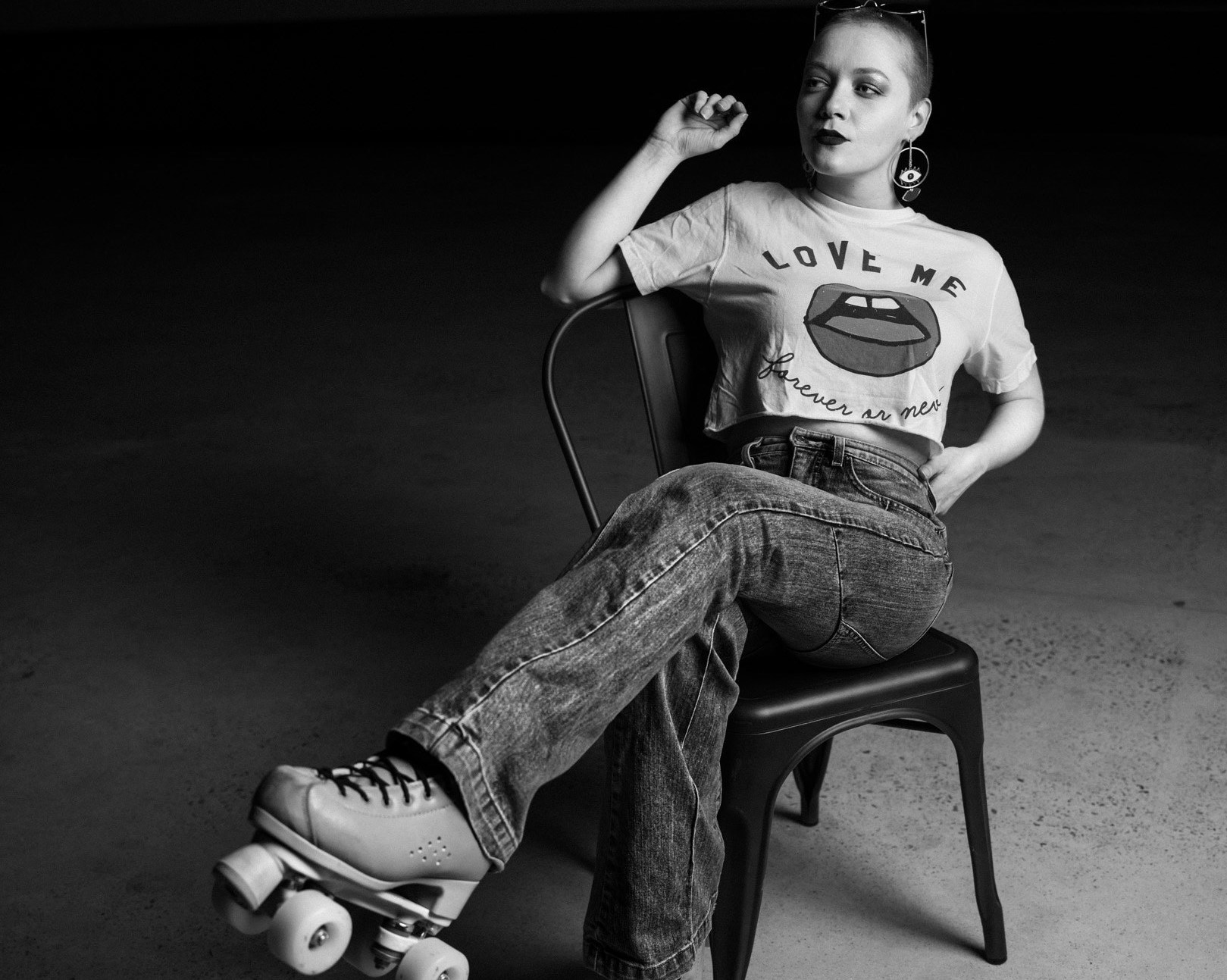History repeats itself.
Bloodlust is unquenchable. The thunderous roar of fans. Adrenaline spikes as professional athletes push the physical limits of the frail human body. Of course, we’re talking about two sports that are actually one: chariot races and roller derby.
Going back to the ancient Greek hippodrome chariot races were the top equestrian sport in the Olympics. Horse and rider teams competed against rivals to complete a certain number of laps before their opponent. Physical combat was encouraged as violence and death reigned supreme to the cheer of crowds. Incredibly significant, unlike the majority of sporting events, women were allowed to watch chariot races. Through these early days of chariot races, women absorbed the sport in its entirety and over a couple millennia of refinement spanning multiple continents evolved chariot races into roller derby.
Women replaced the horse and chariot with the roller-skate finding the wheels on the bottom of their feet much more optimal for meting out violence than from the back of chariot. The idea of completing a set number of laps in chariot races before opponents created a distraction from the more violent aspects so women adjusted this for the better too. Roller derby is not about completing a set number of laps. It’s about their point scorer, The Jammer, successfully navigating through the gauntlet of violence as many times as possible.
While chariot races promoted horsin’ around, roller derby embraces the glory and savagery of the sport. In 1948, roller derby became one of the first sports every debuted on TV, airing on New York Television. One can’t help but think that if the Ancient Greeks had television, they would also really wish they had electricity so they could watch sports from the comfort of their own Gynaikon.
Modern day chariot races, uh, I mean roller derby finds its roots in a place called Austin, Texas. Despite popular belief this city is not named after Stone Cold Steve Austin. From Texas, roller derby has caught on like wildfire spanning over 2,000 leagues. Celebrating such events as Knocktoberfest and Spanksgiving roller derby has begun to further ingrain itself in modern culture by taking over holidays.
When thinking of roller derby one can’t help but think of a brighter future. In the same way the basketball sneaker has become an every day walking sneaker the roller-skate will one day rule the sidewalk. And if roller derby has its way, that person skating obnoxiously slow in front of you, it’s okay to hit them over.
There are an incredible number of motivational quotes about taking one more step. “Greatness doesn’t come overnight. It comes one step at a time.” Or. “ No one ever got to the top of a mountain in a giant jump. Challenges can be overcome and goals can be reached but it can only happen one step at a time.” Or. “To get through the hardest journey we need take only one step at a time, but we must keep on stepping.” All this motivation has been made obsolete with the skate being the major form over transportation.
Through roller derby, the trials and tribulations of the one step at a time crowd has been made trivial. The potential of humanity has reached an entirely new plateau when enhanced by the power of the roller-skate. And as long as roller derby events continue to serve alcohol their potential- and humanity’s- is limitless.
